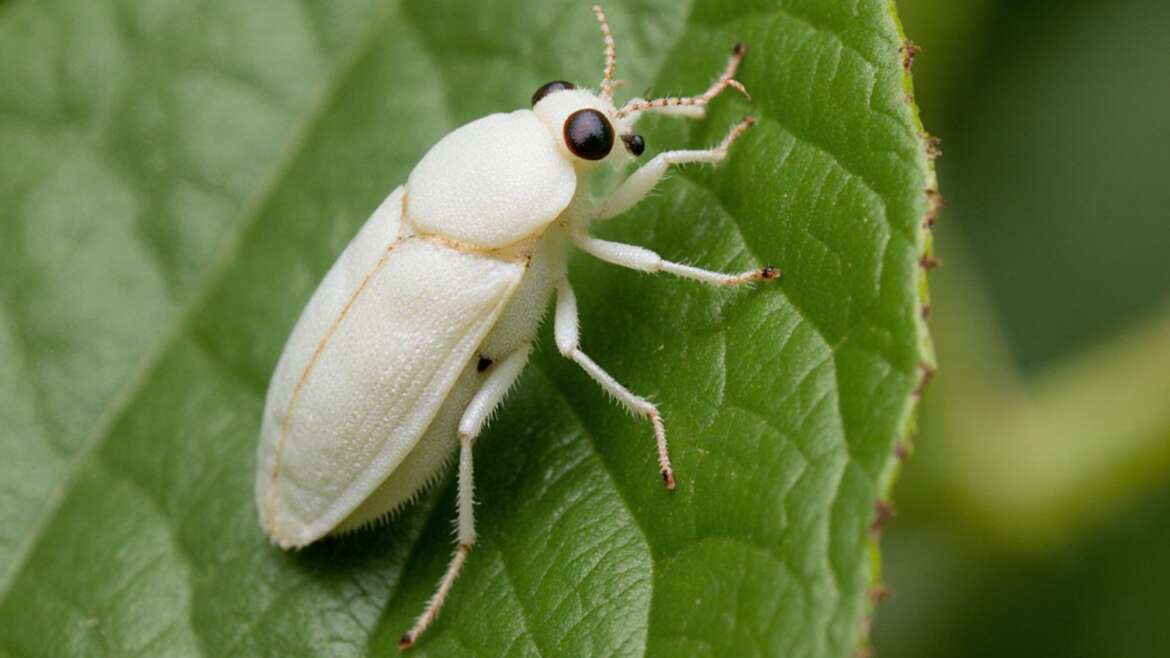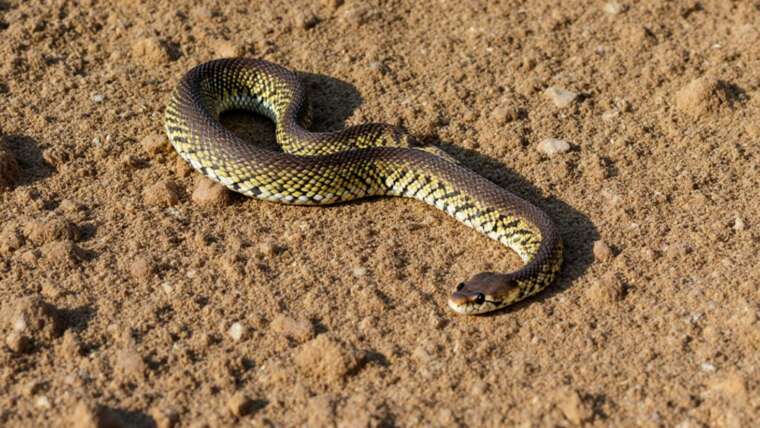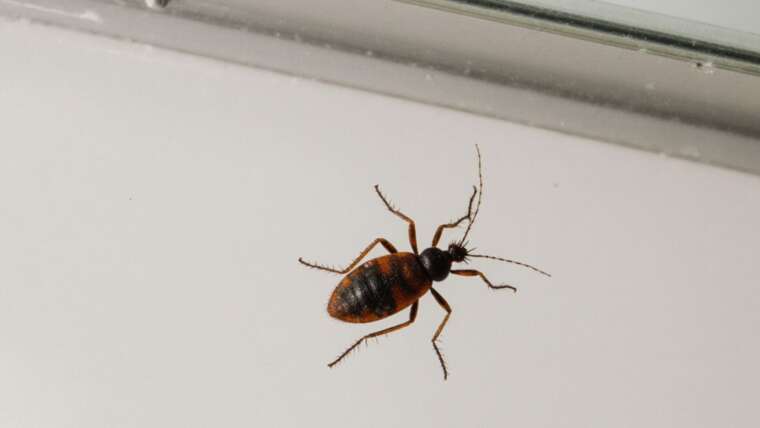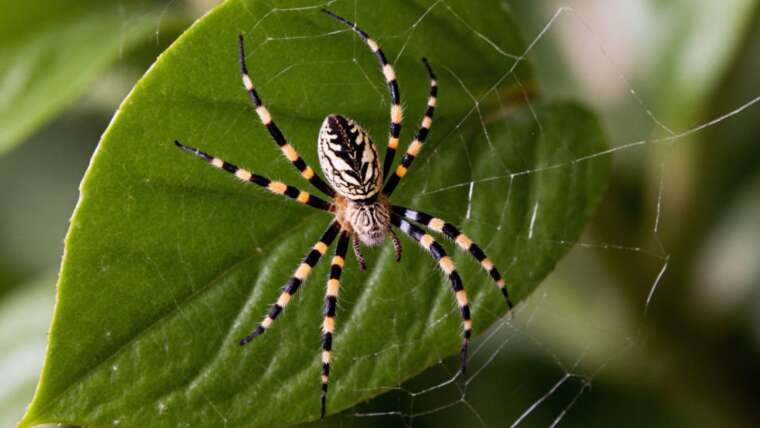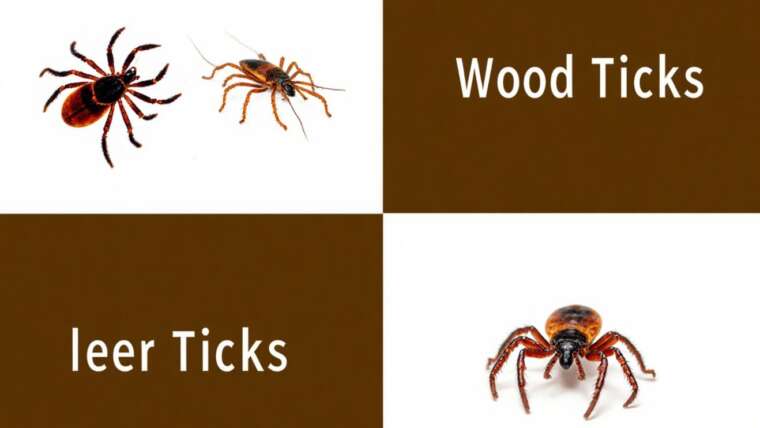When you notice white bugs on your plants, it can be alarming. These pests can significantly affect the health of your greenery. In this article, we’ll delve deeper into identifying these pests, understanding their lifecycle, effects on plants, and ways to combat them.
Common Types of White Bugs
Among the most common white bugs that infest plants are mealybugs, whiteflies, and spider mites, each posing unique challenges.
- Mealybugs: These small, cottony pests typically appear on the leaves and stems of houseplants. They feed by sucking the sap, which can weaken the plant.
- Whiteflies: Often found on the undersides of leaves, whiteflies can reproduce rapidly, leading to major infestations that produce sticky honeydew.
- Spider Mites: Though not insects but arachnids, spider mites can also create webs and suck moisture from plants, causing them to look unhealthy.
Tip: Regularly inspect the undersides of leaves and stems for early detection—many pests hide where it’s less visible.
Signs of Infestation
In addition to seeing the bugs themselves, there are other indicators of their presence:
- Yellowing Leaves: One of the first signs of pest infestation is the yellowing of leaves as the plant struggles to absorb nutrients.
- Sticky Residue: The sticky substance called honeydew, produced by pests like aphids and whiteflies, can coat surfaces and attract ants and other pests.
- Fungal Growth: Honeydew can lead to sooty mold, a black fungal growth that covers leaves, making photosynthesis difficult.
Fact: Fungal infections can be treated with a diluted mix of baking soda and water. This can help manage sooty mold by creating an alkaline environment that inhibits its growth.
Lifecycle of White Bugs
Understanding the lifecycle of these white pests can help in effectively managing their populations:
- Egg Stage: Most white bugs start as eggs, often laid in clusters that can be hard to spot.
- Nymph Stage: Once they hatch, they enter the nymph stage, where they begin to feed. This stage can vary in duration depending on environmental conditions.
- Adult Stage: After maturing, adults reproduce, creating new generations quickly—some can produce hundreds of offspring.
Tip: Disrupt their lifecycle by introducing beneficial insects like ladybugs or lacewings, which are natural predators of these pests.
Effects on Plants
The presence of white bugs can lead to several deleterious effects on plants:
- Stunted Growth: As they feed on plant sap, growth can be stunted, and in severe cases, may lead to plant death.
- Decreased Aesthetic Appeal: Plants can look unhealthy and uninviting, which can impact the overall beauty of your garden or home.
- Spread of Diseases: Certain pests can be vectors for plant diseases, spreading pathogens that further jeopardize plant health.
Fact: Regularly rotating your plants and changing their location can disrupt the lifecycle of pests, making it challenging for them to establish a new colony.
Control Methods
Controlling these pests can be approached through several methods, both chemical and natural:
- Insecticidal Soap: This can effectively suffocate and kill white bugs. Ensure you cover the entire surface of the plant, as contact is essential.
- Neem Oil: This plant-based oil disrupts the insects’ lifecycle and can deter them from feeding.
- Physical Removal: Gently wiping or rinsing your plants with water can physically remove pests, especially mealybugs.
Tip: Consider using a cotton swab dipped in rubbing alcohol to target mealybugs directly; this method is efficient for small infestations.
Prevention Strategies
Preventing white bug infestations is often easier than dealing with them after they appear:
- Maintain Plant Health: Healthy plants are less susceptible to infestations. Ensure plants receive adequate light, water, and nutrients.
- Quarantine New Plants: Before introducing new plants to your collection, keep them isolated for a couple of weeks to monitor for hidden pests.
- Regular Cleaning: Dust and debris can harbor pests, so regularly cleaning plant leaves can help keep them pest-free.
Fact: A mix of water and a few drops of dish soap can create an effective homemade insecticidal soap to prevent white bugs.
Conclusion
White bugs on plants can be a significant nuisance, but armed with knowledge and proactive strategies, you can protect your plants effectively. From understanding their lifecycle to implementing control and prevention measures, you can ensure your green space remains vibrant and healthy.
Final Tip: Keep a gardening journal to track pest appearances, weather conditions, and plant health; this can help you spot trends over time and tailor your care strategies.

